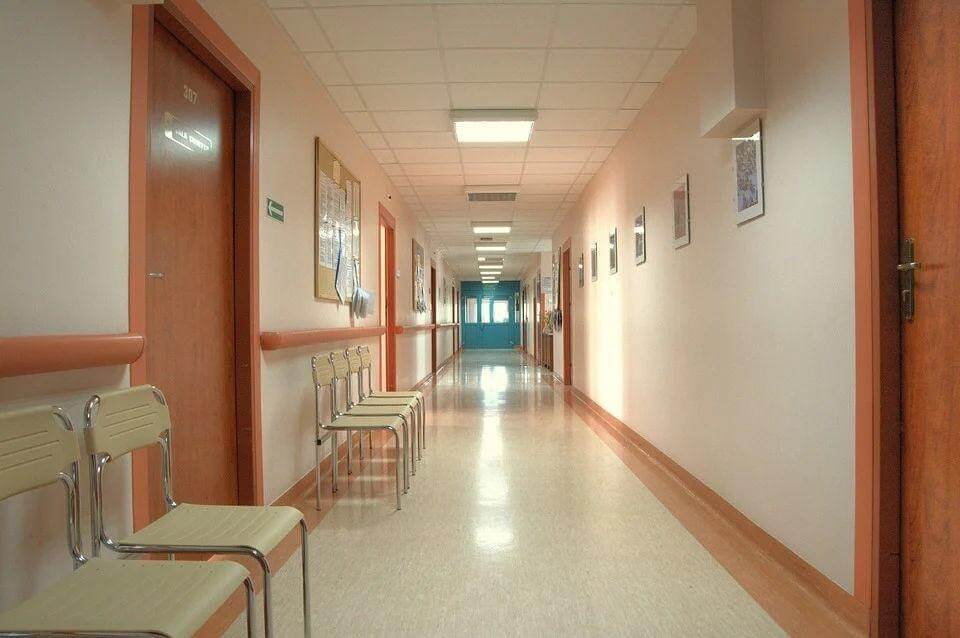5 Ways Hospitals Are Using Social Media To Bring Back Non COVID-19 Related Patients

The following is a guest post by Allison Lee. While many hospitals have been swamped during the pandemic, it has only been with one type of patient. Apart from coronavirus cases, the amount of patients being treated in hospitals is actually way down. In fact, Daniel Horn, director of population health for general internal medicine at […]
